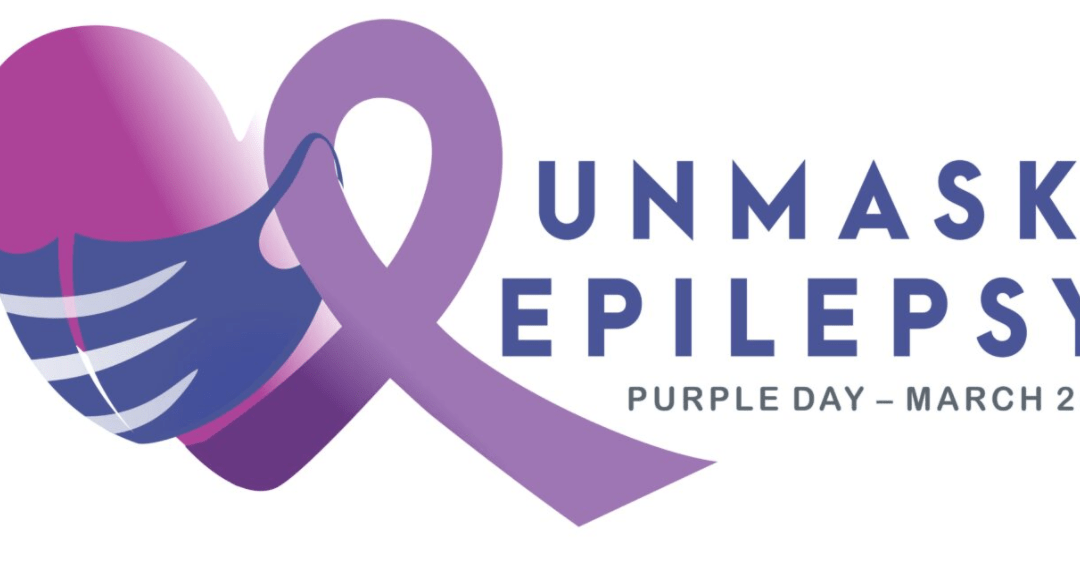Purple Day celebrated on Friday 26th, is a global initiative dedicated to raising epilepsy awareness.
‘In Australia, around 250,000 people are currently diagnosed with epilepsy – that’s over 1 per cent of the population.’ – www.epilepsy.org.au (2020).
While epilepsy is more common than Parkinson’s, cerebral palsy, MS and muscular dystrophy combined, it is widely misunderstood.
What is epilepsy?
According to Epilepsy Action Australia (2020), epilepsy is a neurological disorder characterised by the tendency to have spontaneous, recurrent seizures. Seizures are caused by a disruption of the electrical activity in the brain.
What causes it?
Epilepsy can sometimes be caused by head trauma, stroke, infectious disease of the brain, or abnormalities of the brain from birth. Genetics also play a role in some people. About half of the people with epilepsy never know the cause of their epilepsy.
What is a seizure?
A seizure is a temporary disruption of the electrical activity in the brain. Not all seizures involve convulsions. There are many different types of seizures that present in many ways including changes to sensation, awareness, behaviour or movement. Not all seizures are diagnosed as epilepsy.
Can certain triggers set off a seizure?
Some known triggers include lack of sleep, missed medication, fatigue, physical or emotional stress, hormonal changes and illness (Epilepsy Action Australia, 2020).
What is the best way to help someone having a convulsive seizure?
According to Epilepsy Action Australia (2020);
- Stay with the person
- Time the seizure
- Keep them safe. Protect from injury, especially the head.
- Roll person into recovery position after the seizure stops (or immediately if food/fluid/vomit is in mouth)
- Observe and monitor breathing
- Gently reassure until recovered
- Call an ambulance if there is an injury; if the seizure lasts for longer than 5 minutes or if after the seizure ends the person is having breathing difficulties or s non-responsive.
